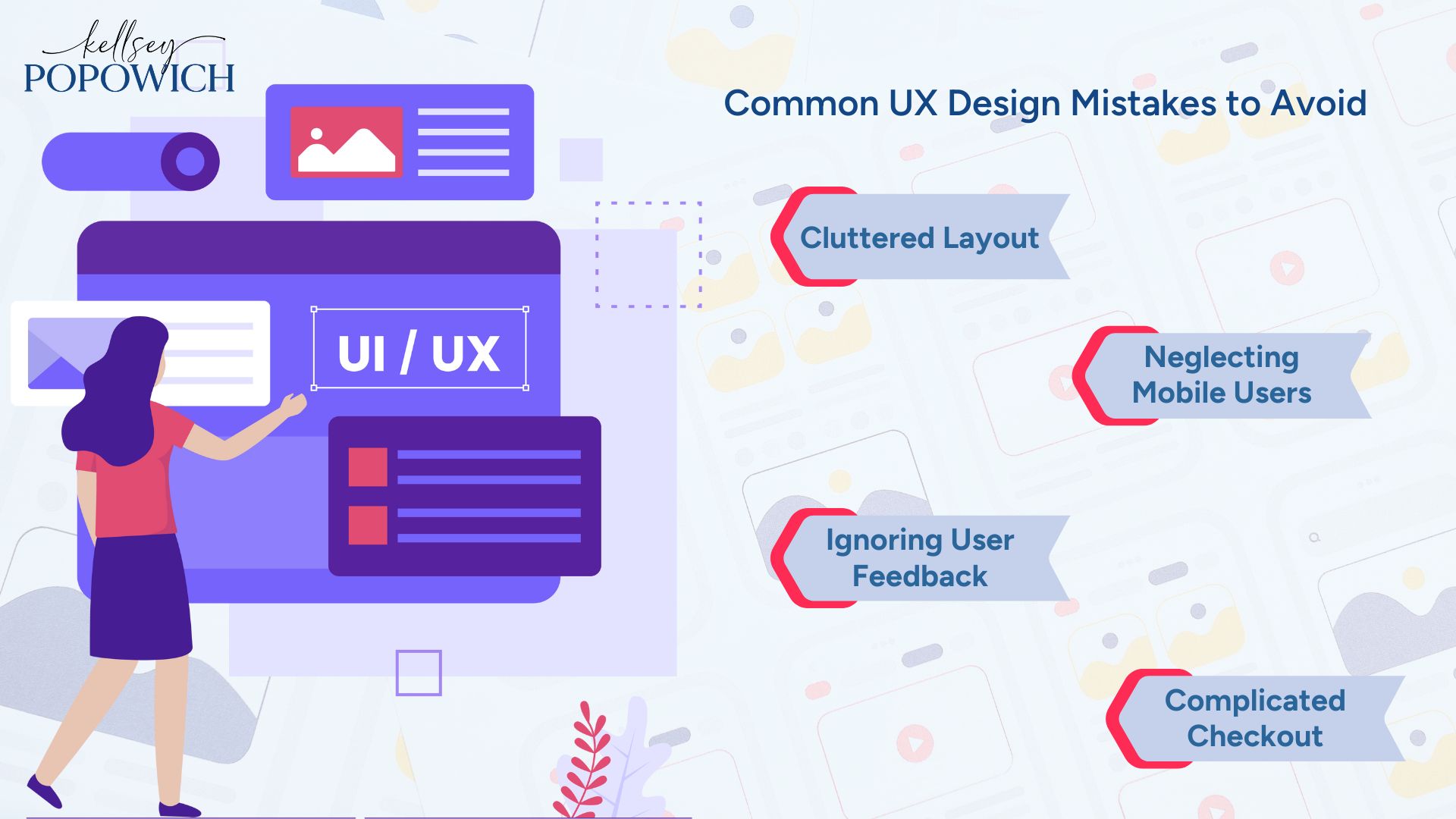How E-Commerce UX Design Drives Sales and Enhances Customer Satisfaction

E-commerce has transformed the way we shop, making it essential for online stores to prioritize user experience (UX) design. A well-crafted ecommerce UX design not only enhances customer satisfaction but also drives sales, making it a crucial element for success in the competitive online marketplace. This blog delves into how e-commerce UX design impacts sales and customer satisfaction, highlighting key principles, successful case studies, and common mistakes to avoid.
Understanding E-Commerce UX Design
E-commerce UX design focuses on creating an intuitive and enjoyable shopping experience for users. It encompasses various aspects, including website accessibility, usability, and the overall aesthetic appeal of the site. By optimizing these elements, businesses can ensure that customers find what they need quickly and efficiently, leading to higher conversion rates and repeat purchases.
Key Principles of Effective E-Commerce UX Design
- Intuitive Navigation: A straightforward navigation system allows customers to browse products easily. Clear categories, filters, and search functionality help users find items without frustration.
- Responsive Design: With the increasing use of mobile devices for shopping, responsive design is essential. A site that adapts to different screen sizes ensures a seamless experience for all users.
- High-Quality Visuals: Using high-resolution images and videos helps customers visualize products better, mimicking the in-store experience where they can see and touch items.
- Streamlined Checkout Process: A complicated checkout process can lead to cart abandonment. Simplifying this step by minimizing the number of clicks and offering multiple payment options can significantly enhance user experience.
- Personalization: Tailoring the shopping experience to individual preferences through personalized recommendations and targeted promotions can boost customer satisfaction and loyalty.
How Good UX Design Drives Sales
Good ecommerce UX design directly influences sales in several ways:
- Reduced Bounce Rates: A well-designed site keeps users engaged, reducing the likelihood of them leaving the site after viewing only one page.
- Increased Conversion Rates: By making it easy for customers to navigate and complete purchases, effective UX design leads to higher conversion rates.
- Enhanced Customer Loyalty: Satisfied customers are more likely to return for future purchases. A positive experience fosters brand loyalty, encouraging repeat business.
E-Commerce UX Case Studies
Several successful e-commerce platforms exemplify the impact of excellent UX design:
- Amazon: Amazon’s user-friendly interface, personalized recommendations, and efficient checkout process contribute to its status as a leading e-commerce site. The platform continuously refines its UX based on user feedback and behavior.
- Zappos: Known for its exceptional customer service, Zappos also excels in UX design. The site features easy navigation, detailed product descriptions, and a hassle-free return policy, enhancing customer satisfaction and driving sales.
Common UX Design Mistakes to Avoid

- Cluttered Layout: Overloading pages with too much information can overwhelm users. A clean, organized layout improves readability and navigation.
- Neglecting Mobile Users: Failing to optimize for mobile can alienate a significant portion of potential customers. Ensure that your site is fully responsive.
- Ignoring User Feedback: Not listening to customer feedback can lead to missed opportunities for improvement. Regularly gather insights to refine the user experience.
- Complicated Checkout: A lengthy or confusing checkout process can deter customers. Simplify this step to encourage conversions.
Investing in ecommerce UX design is not just about aesthetics; it’s about creating a seamless and enjoyable shopping experience that drives sales and enhances customer satisfaction. By understanding the key principles of effective UX design, learning from successful case studies, and avoiding common pitfalls, online retailers can significantly improve their performance in the competitive e-commerce landscape. Prioritizing e-commerce UX design is essential for any business looking to thrive in the digital marketplace.
FAQs
- What is the biggest benefit of good UX design for e-commerce?
- Enhances user satisfaction and loyalty by providing a smooth and enjoyable shopping experience.
- How often should an e-commerce site update its UX?
- Regularly, with minor updates continuously and major overhauls every 2-3 years, depending on technological and market developments.
- Can small e-commerce businesses compete in UX with larger players?
- Absolutely, often with more flexibility to innovate and implement changes quickly.
- What are some quick wins for improving e-commerce UX?
- Simplifying navigation, optimizing mobile experiences, and streamlining the checkout process.
- How does mobile UX impact e-commerce sales?
- Significantly, as a superior mobile experience can drive conversions, particularly among users who primarily shop on mobile devices.
